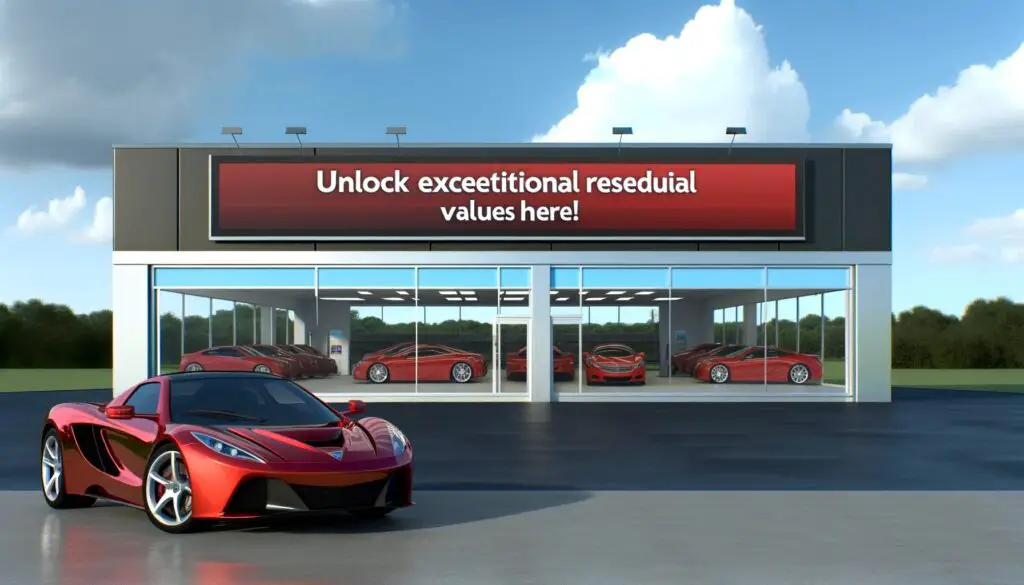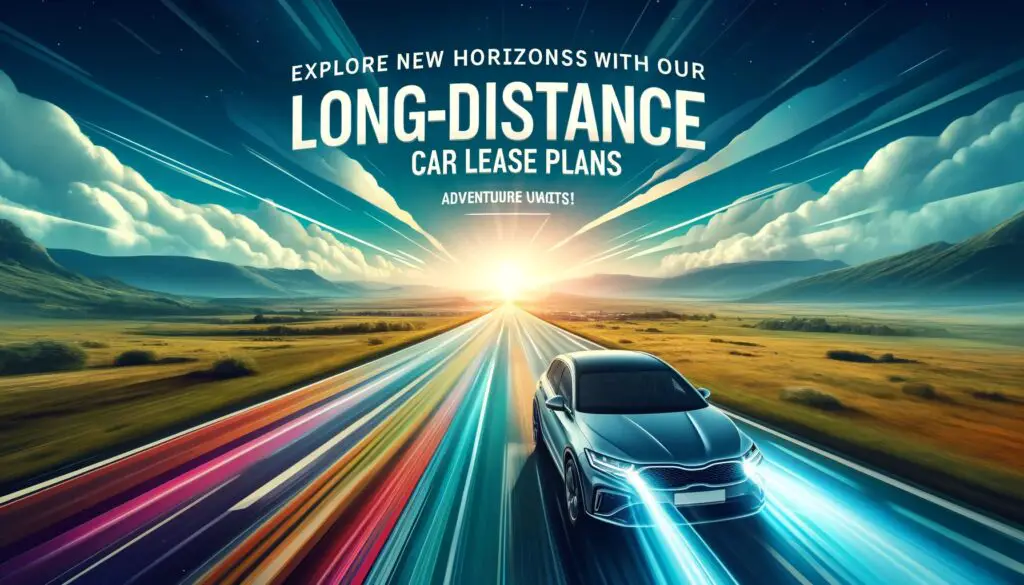In the intricate world of auto insurance, understanding your coverage needs is pivotal to protecting your financial stability. Among the plethora of insurance types, gap insurance emerges as a crucial safeguard, especially for those financing or leasing their vehicles. This comprehensive guide elucidates the essence of gap insurance, its workings, and its paramount importance in your financial planning arsenal.
Understanding Auto Insurance Basics
Auto insurance serves as the bedrock of financial security in the event of an accident or theft. The primary types of standard auto insurance include:
- Liability Insurance: Covers expenses for injuries and damage you cause to others.
- Comprehensive Insurance: Covers damages to your vehicle not caused by a collision, such as theft or natural disasters.
- Collision Insurance: Covers damages to your vehicle resulting from a collision, regardless of fault.
Notably, the value of a new car depreciates the moment it leaves the dealership, a phenomenon that accelerates in the first few years of ownership. This depreciation, juxtaposed with the structure of auto loans, often leads to a scenario where the loan balance exceeds the vehicle’s current market value.
The Essence of Gap Insurance
Gap insurance, or Guaranteed Asset Protection insurance, is designed to cover the “gap” between the owed amount on your auto loan or lease and the current market value of your vehicle in the event of a total loss or theft. This type of insurance is indispensable for those who:
- Finance or lease a new car with a small down payment.
- Have loan terms extending beyond 60 months.
- Lease their vehicle, as most leasing agreements mandate gap insurance.
Who Needs Gap Insurance?
Identifying whether gap insurance is right for you hinges on your vehicle’s depreciation rate and your financial arrangement. It’s essential for individuals who:
- Owe more on their vehicle than its current worth.
- Seek peace of mind knowing they’re protected against potential financial loss.
Understanding the distinction between leasing and financing is crucial, as each comes with different insurance implications.
How to Acquire Gap Insurance
Gap insurance can be procured through:
- Auto Dealerships: Often offered at the time of purchase, but typically at higher rates.
- Insurance Companies: Provides a more cost-effective option when added to an existing auto insurance policy.
The Cost of Gap Insurance
The price of gap insurance varies, influenced by:
- The value of the vehicle.
- The individual’s driving record.
- The insurance company.
Comparing quotes from both dealerships and insurance companies, along with leveraging any available discounts, can significantly reduce costs.
Filing a Gap Insurance Claim
Filing a claim involves:
- Reporting the incident to your insurance company.
- Submitting necessary documentation, such as the police report and loan agreement.
- Following the claim process diligently to ensure proper settlement.
Pros and Cons of Gap Insurance
Advantages:
- Financial protection against depreciation.
- Peace of mind for borrowers.
Potential Drawbacks:
- Additional cost.
- Redundant for those who make substantial down payments.
Gap Insurance Myths Debunked
Common Misconceptions:
- Gap insurance covers any vehicle loss.
- It’s required for all auto loans.
Realities:
- Gap insurance only covers losses related to the “gap.”
- Not mandatory for all, but highly recommended under specific circumstances.
When to Consider Dropping Gap Insurance
As your vehicle’s loan balance aligns closer to its market value, evaluating the continued need for gap insurance becomes crucial. Typically, once you’re no longer “upside-down” on your loan, gap insurance may no longer be necessary.
Frequently Asked Questions
- Is gap insurance worth the cost?
- Yes, especially if you’re at risk of being financially “upside-down” on your vehicle.
- Can you purchase gap insurance after buying a car?
- Yes, although sooner is better.
- Does gap insurance cover deductible costs?
- No, it does not cover deductibles.
- How does depreciation affect the need for gap insurance?
- Depreciation increases the “gap,” thereby heightening the need for gap insurance.
- Can you cancel gap insurance and get a refund?
- Yes, if you no longer require it, subject to your policy terms.
Case Studies: Gap Insurance in Action
Real-life examples highlight the significant financial relief gap insurance provides in events of total loss or theft, underscoring its value in comprehensive financial planning.
Alternatives to Gap Insurance
While gap insurance is pivotal, other financial products like loan/lease payoff insurance offer similar protections, each with its set of pros and cons.
Expert Opinions
Insurance professionals advocate for gap insurance, emphasizing its role in contemporary auto insurance portfolios, especially given the current trends in auto depreciation and loan terms.
Conclusion
Gap insurance stands as a fundamental component of a well-rounded auto insurance strategy, especially for those financing or leasing. It bridges the financial gap that can emerge in the wake of unforeseen vehicle loss, securing your financial future in the realm of auto ownership.
Further Reading/Resources
For those keen on delving deeper, numerous resources and expert consultations are available to navigate the complexities of gap insurance and ensure informed decision-making.
By integrating this guide into your financial planning, you’re not just insuring a vehicle; you’re safeguarding your financial journey against unexpected detours.





